5 Ingredients for the Fail-proof Floral Arrangement
I don’t consider myself a floral designer, but I have been known to dabble.
The more I read, study, and take floral design classes, the more I’ve realized that there aren’t really any “rules” and that it all depends on personal preference.
That said, there are certain types of flower shapes and sizes that, when put together, naturally add balance and dimension to any arrangement you decide to put in your home.
I thought it might be useful to show you the types of flowers I like to include in each bouquet in order to make it balanced and eye-catching.
This way, when you come to pick flowers, you can try and include some of each type!
**note: I usually try to include three of each type of flower. Working in 3’s keep things symmetrical.
Those ingredients are:
Focal flowers
Disc flowers
Filler flowers
Spike Flowers
Airy flowers
Let’s dive into each of these!
Focal flowers:
Focal flowers are flowers that are meant to take center stage in an arrangement. They are the biggest, and usually added towards the end of arranging so that you can ensure they are at the forefront and noticeable.
Examples of focal flowers at the farm: Sunflowers, Benary Giant Zinnias, and Dahlias
Disc Flowers:
Disc flowers are similar to focal flowers, but usually smaller. Their job is to add in color while filling up space, while complimenting the focal flowers.
Examples of disc flowers at the farm: Cosmos, smaller zinnias, strawflower, and rudbeckia
Filler Flowers:
Filler flowers are often my very favorites! They sound boring, because they “just” fill the bouquet, but they add so much color, volume, and most importantly, texture to an arrangement.
Examples of filler flowers at the farm: statice, sweet william, feverfew, cockscomb, ageratum, yarrow
Spike Flowers:
I don’t think any arrangement is complete without some spike flowers. A bouquet feels naked without some lengthy flowers that add dimension and depth.
Examples of spike flowers at the farm: snapdragons, larkspur, plume celosia, and feather celosia
Airy flowers:
When someone wants to touch a bouquet, you know you’ve done your job right. Airy flowers “float” above the arrangement, add texture to a bouquet, and add a whimsical element. When airy flowers are added, it turns a bouquet from “normal” to eye-catching.
Examples of airy flowers at the farm: Pincushion, gomphrena, bachelor buttons
There you have it! When you have these five elements to work with, making an arrangement is, arguably, easier.
Obviously rules are meant to be broken, I would love a bouquet that was JUST spike flowers because I love them so much, or a bouquet that was ALL texture pieces, just to run my hands over the top of it every now and then.
If anyone has any tips or tricks they’d like to share, I’d love to hear about them!











